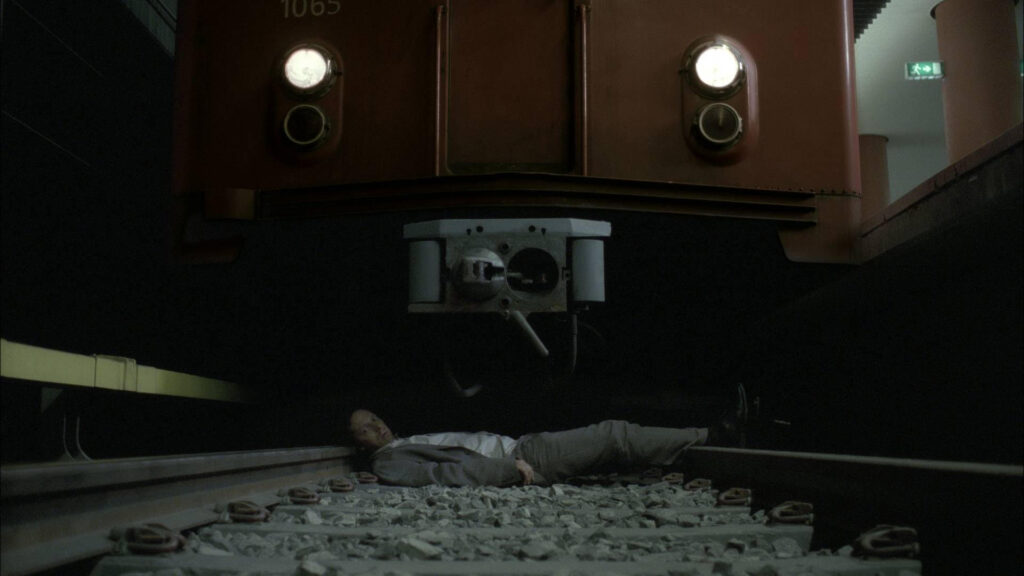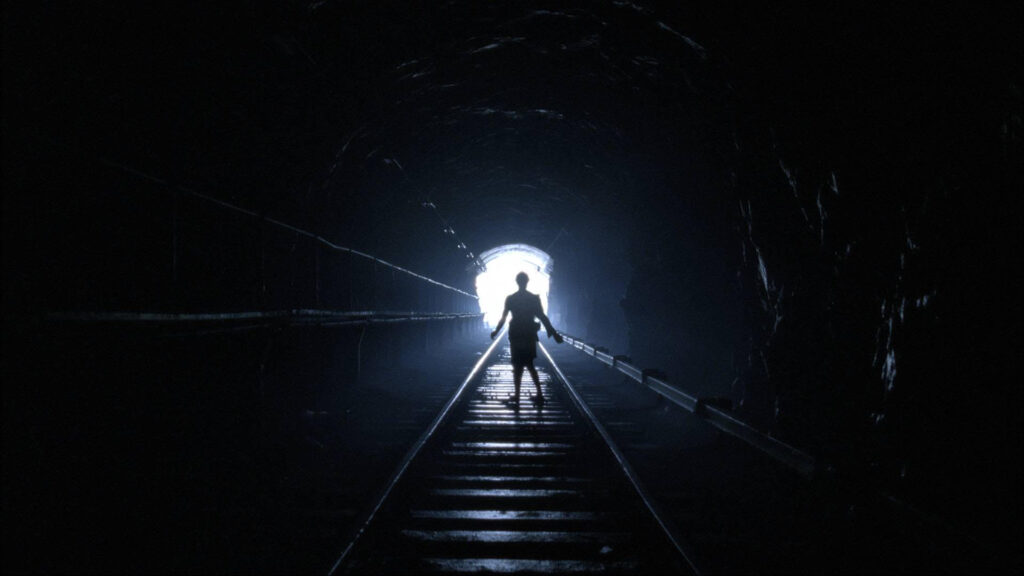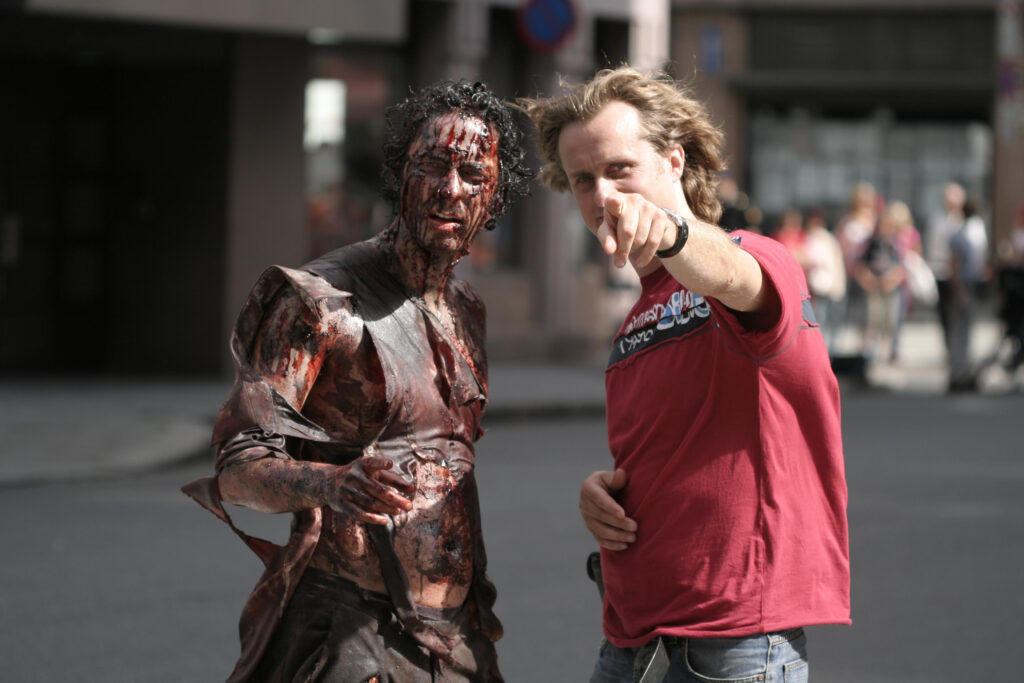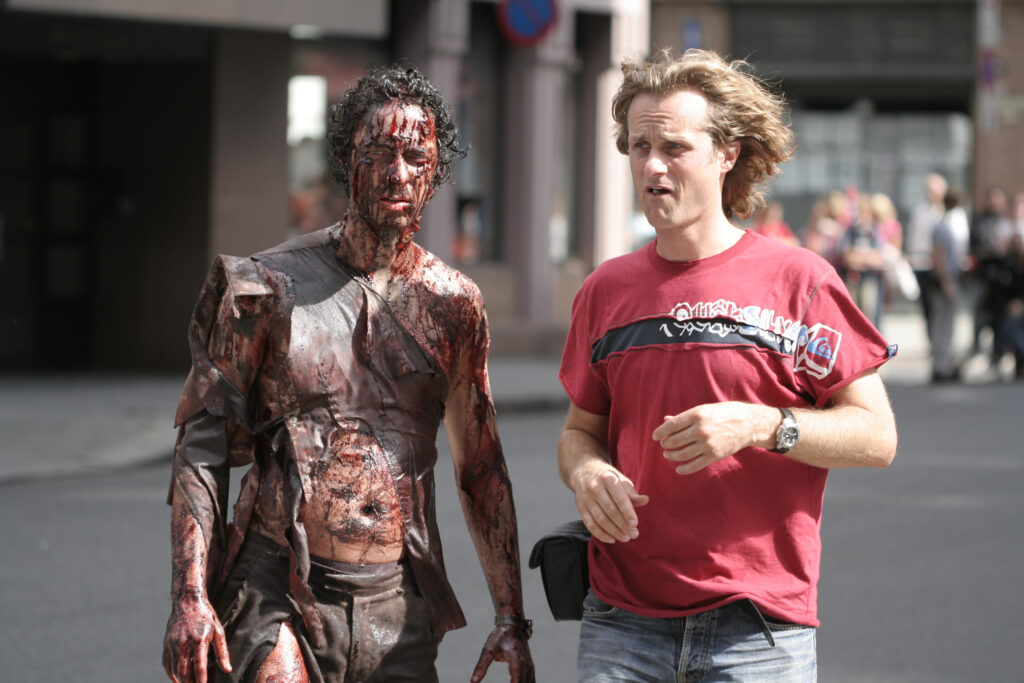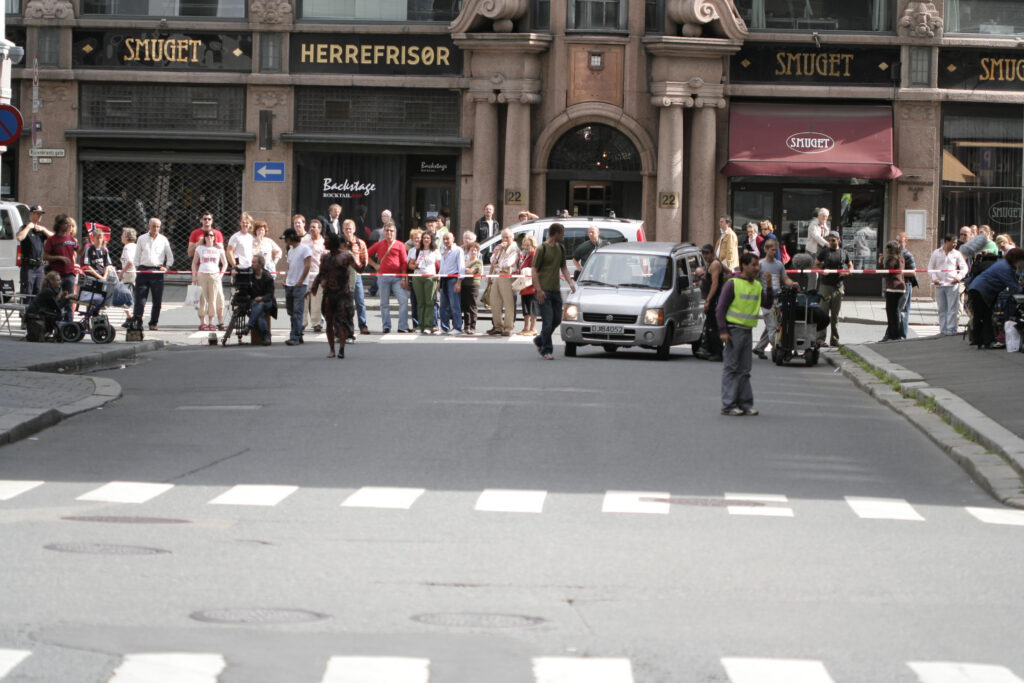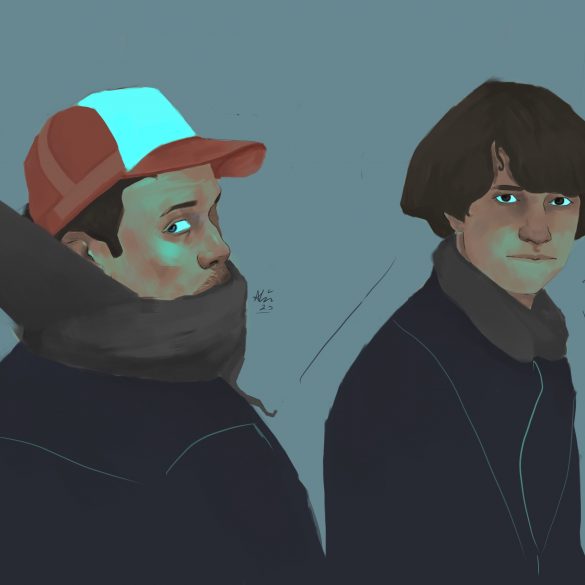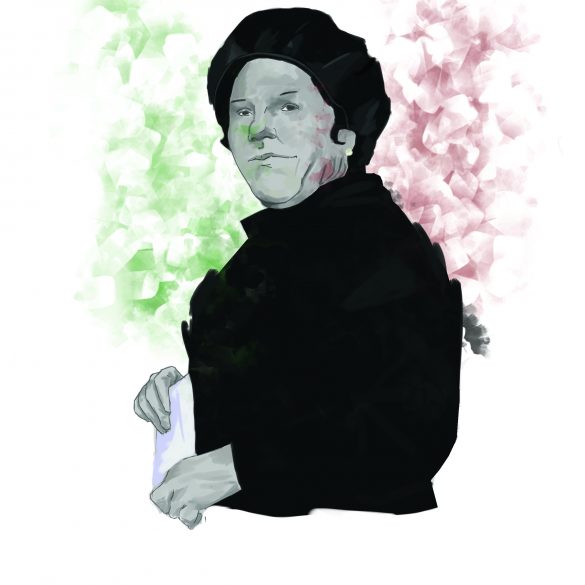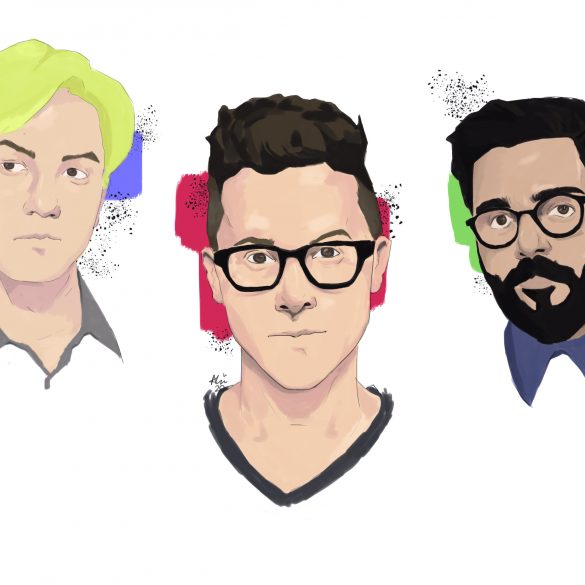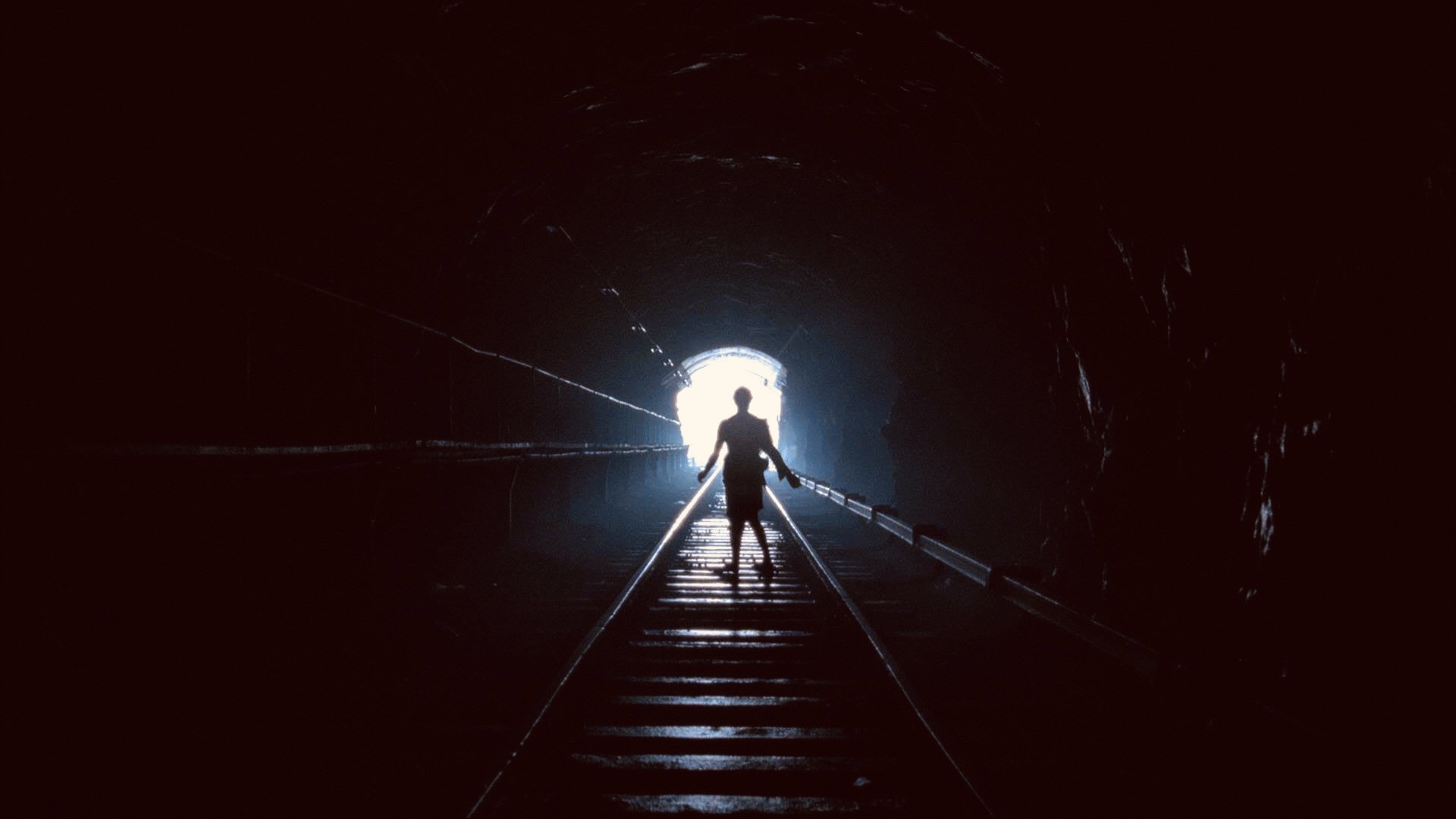For a change, we looped a movie scene instead of a song this time: Jens Lien on the ‘subway scene’ of his 2006 movie, The Bothersome Man.
The Bothersome Man is a Norwegian film from 2006. It was directed by Jens Lien after a script by Per H. V. Schreiner. In the main roles were Trond Fausa Aurvåg, Petronella Barker and Per Schaaning. The story is about a man suddenly finding himself in an outwardly perfect, yet essentially soulless dystopia, and his attempt to escape. The film was well received by critics, and was awarded three Amanda Awards in 2006. [Wikipedia]
Jens Lien talks about The Bothersome Man
Hello Emre. It is interesting that you are obsessed with this scene. The tunnel scene in The Bothersome Man [Den Brysomme Mannen, 2006] means a lot to me, and it was an emotional key scene in the movie. Andreas is stuck in a place that slowly tearing him apart. His attempts at suicide are useless, he can’t die, and the torture that comes with this acknowledgment is horror.
For me, the scene should serve as a wake-up, a shock to the audience to get closer to Andreas’ feeling and desperate fight. We should experience his suffering in a physical way.
Like this scene in The Bothersome Man, I work with high contrast between scenes in many of my movies. In one moment you can laugh and in the next, you are shocked and regret that you laughed. The contrast in this way doesn’t make you comfortable and can sometimes scare the audience and make confusion, but the purpose is to dig deeper and challenge the audience emotionally. It should be unpredictable.
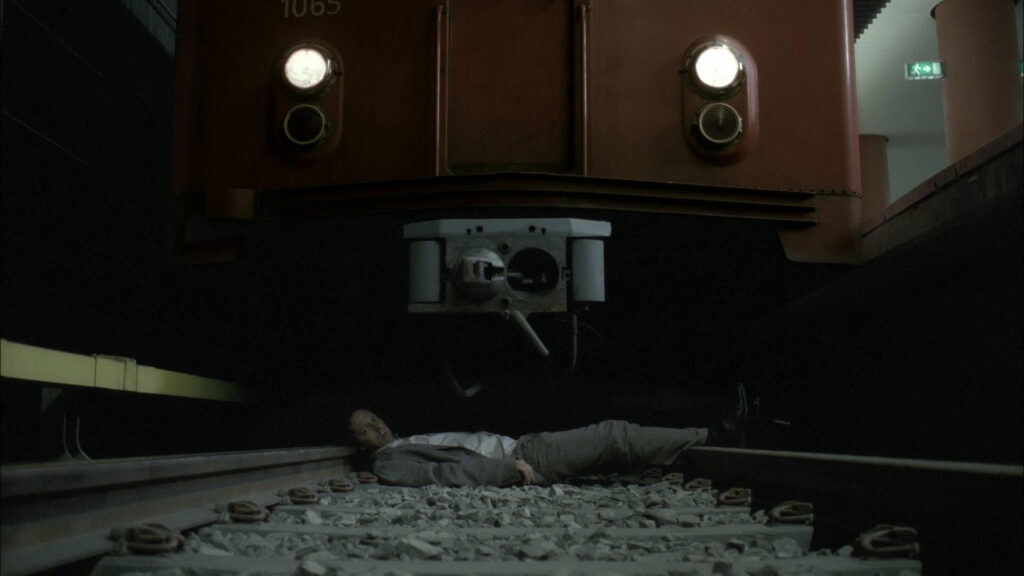


Trond Fausa who plays Andreas is a very physical actor. His acting did a lot to make this scene so emotionally expressive. We did not practice this scene at all, because we had to work very fast at this difficult location. How he acted, use the body to show pain, the way he gets up in the end with his crushed body that cracks back into place gave the scene a poetic force. His acting allows us to feel the horror.
Creating this scene was very complicated. I thought getting permission to film a suicide scene in the underground would never happen, but at first, everything was approved. Then the day before the shooting the permission was suddenly withdrawn. We only got a very limited area to film on and the train couldn’t drive faster than 15 km/h which became a challenge. Because of all the limitations, I had to manipulate many cinematic tricks. We did some work in CGI but that was minimal since it was very expensive at the time. Most were done with simple tricks like fast motion and backwards editing. A lot of the atmosphere is created with a soundtrack that is intense and frightening, shrill metal, and the noise from the trains does not give you a chance to escape.
«What could be worse than dying…»
Jens on the infamous underground scene
That is were I wanted to take this scene. One thing is the horrible action of how the train is smashing him to pieces. But, adding the nostalgic beautiful music lets us into Andreas’ emotions. Life without death is a nightmare.
The scene is a “point of no return” scene. This is the point in the movie where Andreas reaches his lowest point. There is no way out of this world he has been thrown into. It was planned to be horror but I imagined it also should have some kind of poetry so the story could move on and the audience could feel the pain Andreas was experiencing. I was looking for music that could help to express this. I sat down with a radio host for a classical radio station who knows all kinds of genres. During a whole night, he gave me a tour in rare and more well-known compositions. I was looking for something that could have a nostalgia, which could describe his emotions. We ended up with Edvard Grieg, the Norwegian acclaimed composer. His often lush music is used herein Norway describing Norwegian nature and I imagined it could provide a nice contrast to this sterile universe. To show what is missing. Grieg wrote a lot of his music while living abroad. Some of the very nostalgic pieces in his works may come from his time abroad. Writing the music as he looked back to his motherland and life that once was. This could describe Andreas’s feelings. The song, “Solveig’s Song”, that I used for this scene has an incredibly beautiful beginning that creeps into us. It is full of longing and at the same time, it has an ambivalence that I found lifting the whole scene. Andreas is longing for something he can’t find. Some warmth, human emotions that gives meaning. The final picture when gets up on his feet gets almost a religious expression with “Solveig’s Song». The slightly hesitant beginning of the song which gradually turns into a pulsating rhythm perfectly suited the action. It is beautiful, it is cruel, and it is the beginning of the end.
I used several songs by Grieg in the movie, but the score is written by the composer Ginge. We spent a lot of time looking for the right tone. I had the song «Lovely Head» by Goldfrapp from their “Cold Mountain” album as a reference when we shot the movie. The song has an airy alienated cinematic style that I liked. But together with the sound designs and the composer, we felt that the score needed a more analog feel. Something genuine that contrasts with this sterile world. Ginge came up with pieces that colored the images with heaviness and an impetus that helped to give the movie a clearer direction. The Bothersome Man is based on a radio play by Per Schreiner. Schreiner and I had done some short films that had that airy feeling we felt like it could fit The Bothersome Man, as well.
Extras

